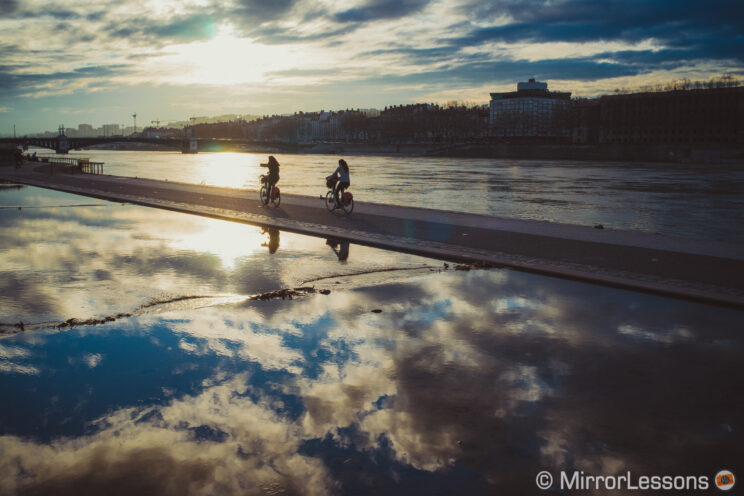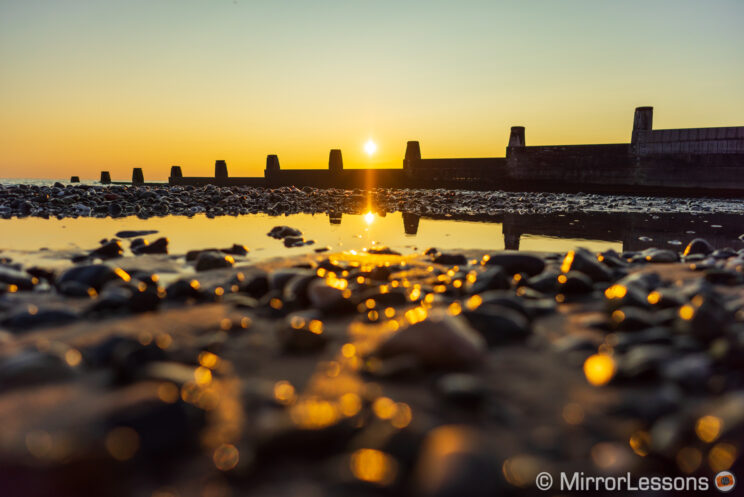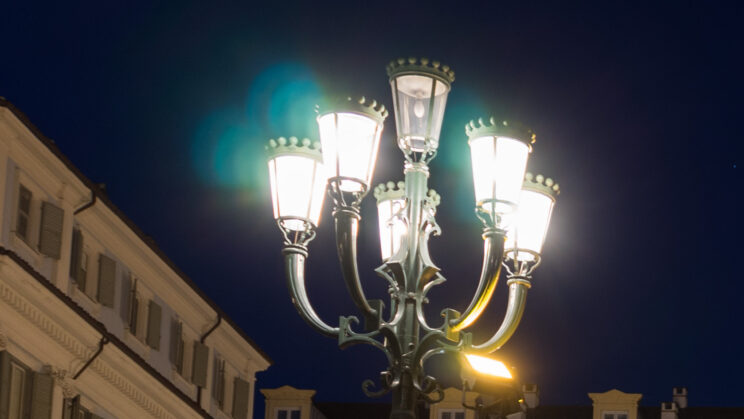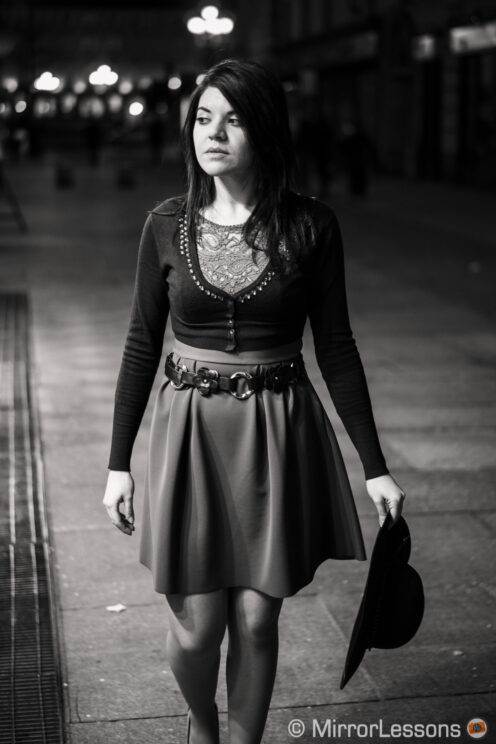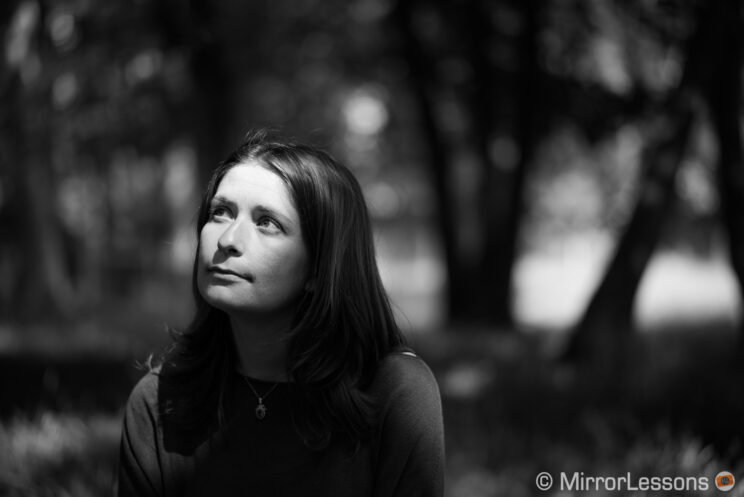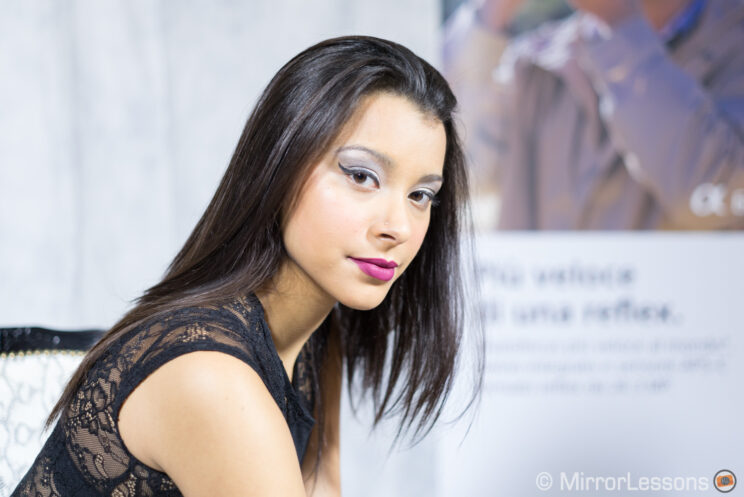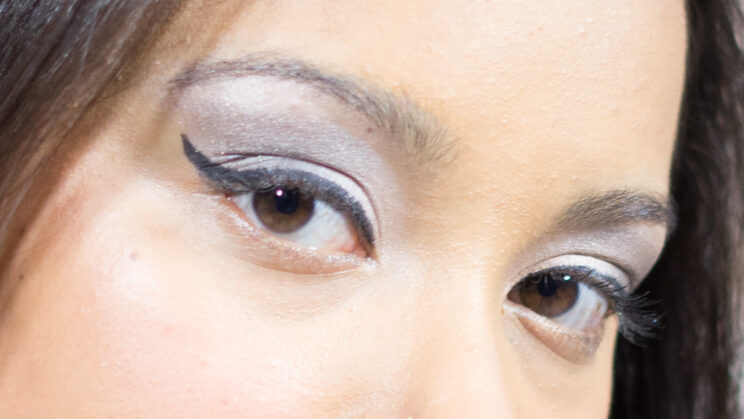The A7 and A7R were the two very first full frame mirrorless cameras released by Sony in late 2013. They expanded the E-mount system and marked the beginning of a new era that saw the company become one of the most beloved full frame camera brands, as well as one of the best sellers.
The two original models have been discontinued for some time now, but you can still find them second-hand, and for a tempting price. Let’s see how these two cameras compare.

Ethics statement: the following is based on our personal experience with the A7 and A7R. We were not asked to write anything about these products, nor were we provided with any sort of compensation. Within the article, there are affiliate links. If you buy something after clicking the link, we will receive a small commission. To know more about our ethics, you can visit our full disclosure page. Thank you!
1. Sensor
The main difference between these two cameras is the sensor. The A7 has 24.3 megapixels and a low pass filter, whereas the A7R has 36.4MP and no AA filter.
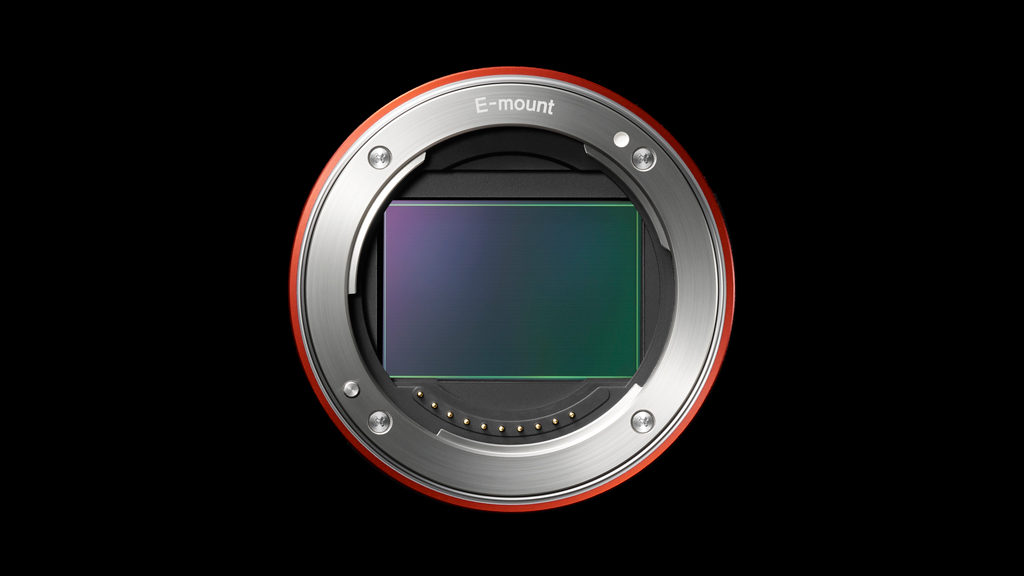
The ISO specifications are the same for both products. The normal range goes from ISO 100 to ISO 6400, while the extended range starts at ISO 50 and goes up to ISO 25600.
You can extend the ISO further to 51,200 with the Multi Frame NR (Noise Reduction) mode, although keep in mind that this feature takes three images in a row and merges them together to reduce the amount of noise. As such, it works best for static subjects. The final result is a JPG file (no RAW).
Our experience with the A7 and A7R was very positive when it comes to image quality. They both provide clean files at low ISOs, a very good amount of dynamic range and the high ISO performance is surprisingly similar despite the higher resolution of the A7R model.
The A7R with its 36Mp sensor and absence of a low pass filter has the edge when it comes to sharpness and the extra capability to render the finest details.
With all that said, it is important to remember that these two cameras are not without their flaws.
The most annoying thing you can encounter on the A7 is what I like to call “halo” flares. They are cyan ghost flares that appear around or next to sources of light in your image. Apparently, this is due to the internal reflection cause by the camera’s AA filter. You will mostly noticed these flares in city scapes at night, like in the example below.
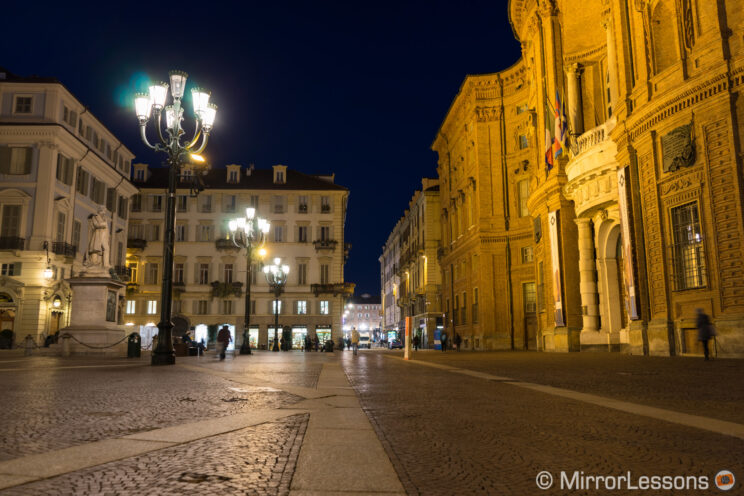
Another thing to keep in mind is that the two cameras shoot compressed RAW (known on the web as Sony’s “cooked” RAW files), which means you can’t take full advantage of the sensor capabilities when post processing the RAW files. In most cases, the quality will be more than enough, but the more demanding photographers out there might find more noise than they would like for heavy post processing.
2. Autofocus
The second most important difference is the autofocus system.
The A7 uses a combination of 117 phase detection and 25 contrast detection points. The use of phase detection makes the camera more suited for fast moving subjects, with a higher degree of speed and precision.
The A7R uses contrast detection only, with a maximum of 25 areas.
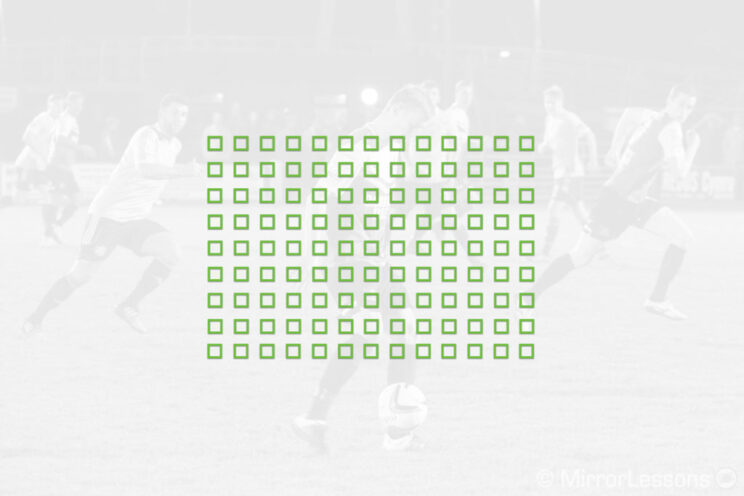

The minimum sensitivity in low light is the same for both cameras: 0Ev with a F2.8 lens.
We always found the A7R to be the slowest out of the two. This won’t be a problem in daylight for landscape, architecture or any genre with static subjects, but the A7 offers more precision when it comes to sports or subjects that move around (quickly or slowly). They both have Eye AF but it works in S-AF only.
3. Drive speed
The A7 can record images continuously at 5 frames per second, but keep in mind that this works when the Speed priority mode is selected, which means that shooting is prioritised over autofocus. If you want better focus accuracy (focus priority), you need to choose the normal continuous shooting mode that works at 2.5fps.
For the A7R, the speed priority mode works at 4fps and focus is locked on the first frame, which means you won’t get continuous AF at all. The normal mode is slower with just 1.5fps but C-AF is available.
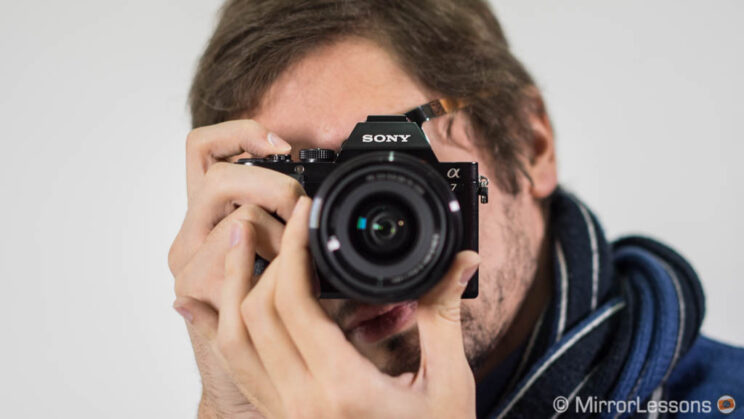
4. Shutter
Both cameras can shoot as fast as 1/8000s and neither has a full electronic (silent) shutter option. The A7 has a faster flash sync of 1/250s, whereas it is 1/160s on the A7R.
The A7 has the electronic-first curtain shutter mode which is helpful to reduce shutter shock at certain speeds, or when taking images hand-held with slow shutter speeds (using a lens with optical stabilisation).
The A7R doesn’t have the electronic-first curtain option and it would have benefitted from it, because the camera suffers from shutter shock at various shutter speeds depending on the lens used (it can be anything from 1/5s to 1/400s). The result is motion blur in your image and consequentially a loss of sharpness due to the vibrations caused by the first mechanical curtains that move before taking the image.
Unfortunately there aren’t a lot of tricks to eliminate shutter shock (users have also reported it with the camera on a tripod). The best solution is to work around the critical shutter speed range as much as possible.
5. Price
Both cameras are discontinued, so your only option is to find them second-hand.
The A7 should be available for around $500, or £400 / €400.
The A7R can be found for $700 / £600 or €800.
Note that I mentioned these prices just to give you an idea. They will vary depending on the specific country, online store or private seller, as well as the condition of the product.
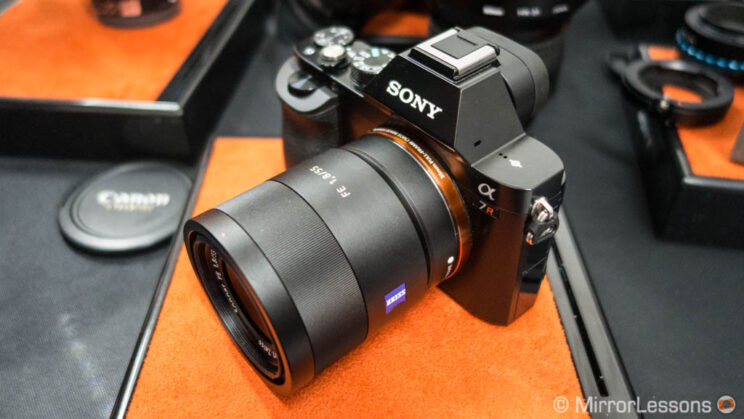
Sony A7 vs A7R: what they have in common
Given the many similarities between these two cameras, it is worth writing a few extra paragraphs.
First of all, the two cameras share the same exact design and dimensions (126.9 x 94.4 x 54.8mm). The A7 is 9g heavier than the A7 (474g vs 465g). These two (along with the first A7S) are the most compact and lightweight full frame mirrorless cameras produced by Sony (excluding the A7C which is a bit smaller but slightly heavier). They are also dust and moisture resistant.
The cameras have a good set of controls, but lack more custom buttons and an AF joystick on the rear. I never liked the position of the shutter release button (I prefer it on the top of the front grip rather than the main body) and there is no touch sensitivity on the rear LCD screen. The AF/MF/AEL switch at the rear, as well as the exposure compensation dial on top are useful on the other hand.
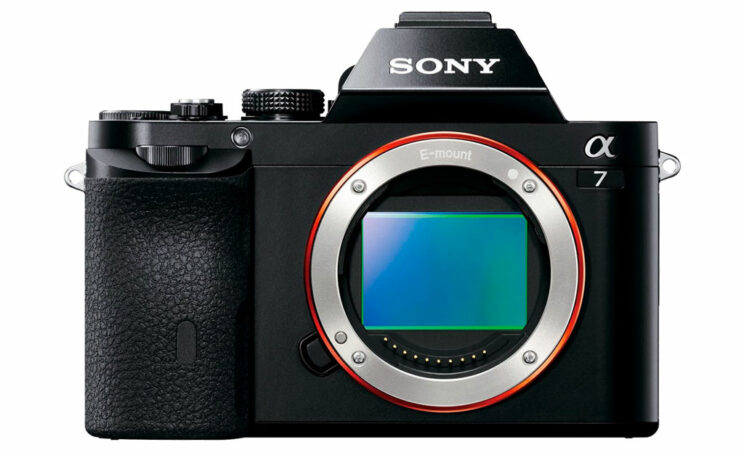

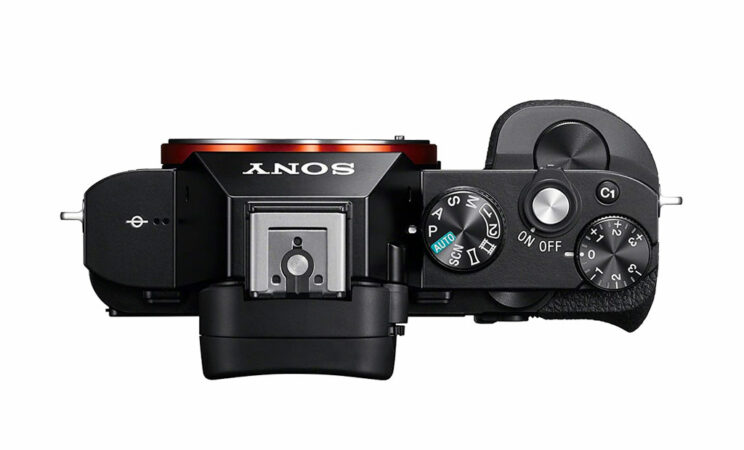
The electronic viewfinder has a decent but not outstanding resolution of 2.36M dots (by today standards) and a magnification of 0.71x. The eyepoint length is good (22mm). There is a bit of lag in the EVF that you won’t experience on the latest mirrorless cameras, and the refresh rate is not exceptional either.
The video capabilities include Full HD up to 50 or 60p with the AVCHD codec. The A7 delivers better quality thanks to the lower megapixel (less aliasing, and less noise at high ISOs). You can see a video I shot with it a few years ago for an Italian dance company.
There is no in-body image stabilisation, so you have to rely on lenses with OSS or external support (tripods, monopods, gimbals).
Concerning physical connections, both cameras are well equipped with a 3.5mm microphone input and headphone output, as well as a Micro USB 2.0 port and a micro HDMI socket.
There is only one SD card slot, but it has its separate compartment accessible from the side of the camera body.
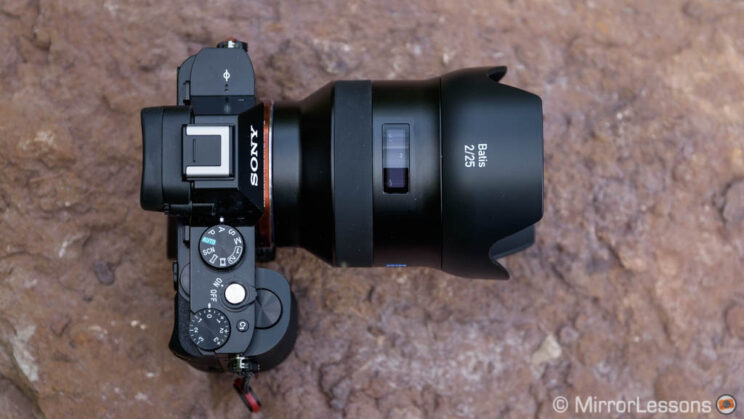
Finally, they both use the same battery pack, the NP-FW50, with a rating of 340 shots per charge (CIPA). These batteries are small, and they don’t last for long, so make sure to have a couple of spares. You can find good third party equivalents if you don’t want to pay the full price of an original Sony battery.
Conclusion
The A7 and A7R are Sony’s first generation of full frame mirrorless cameras. They made quite the noise when released and paved the road for what is a very successful series today.
Concerning image quality, they still have their say but like every first product, there are also flaws you need to be aware of, such as the annoying shutter shock for the R model, or the sensor “halo” flares on the Alpha 7.
The A7 has a better autofocus system and better quality in Full HD, and these are the two main reasons I would choose it over the A7R. The latter has the advantage of extra resolution and sharpness, that is, if you work around the already mentioned shutter shock issue.
Check price of the Sony A7 on
eBay
Check price of the Sony A7R on
eBay

